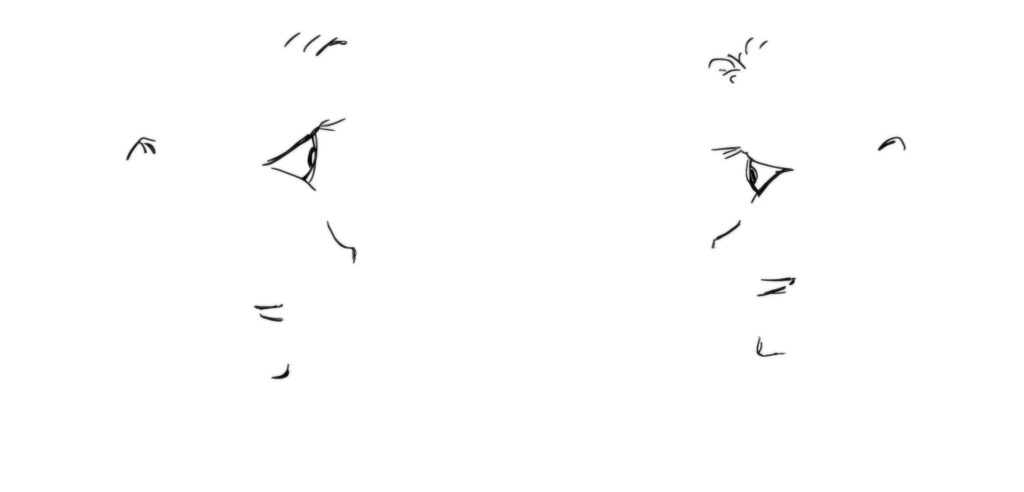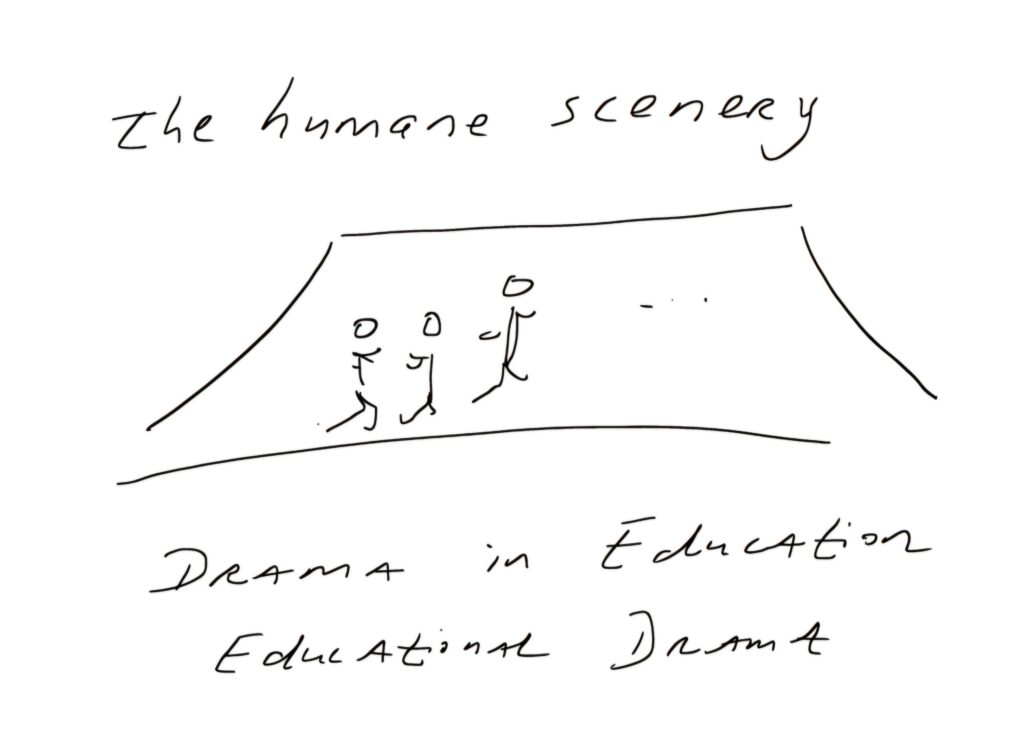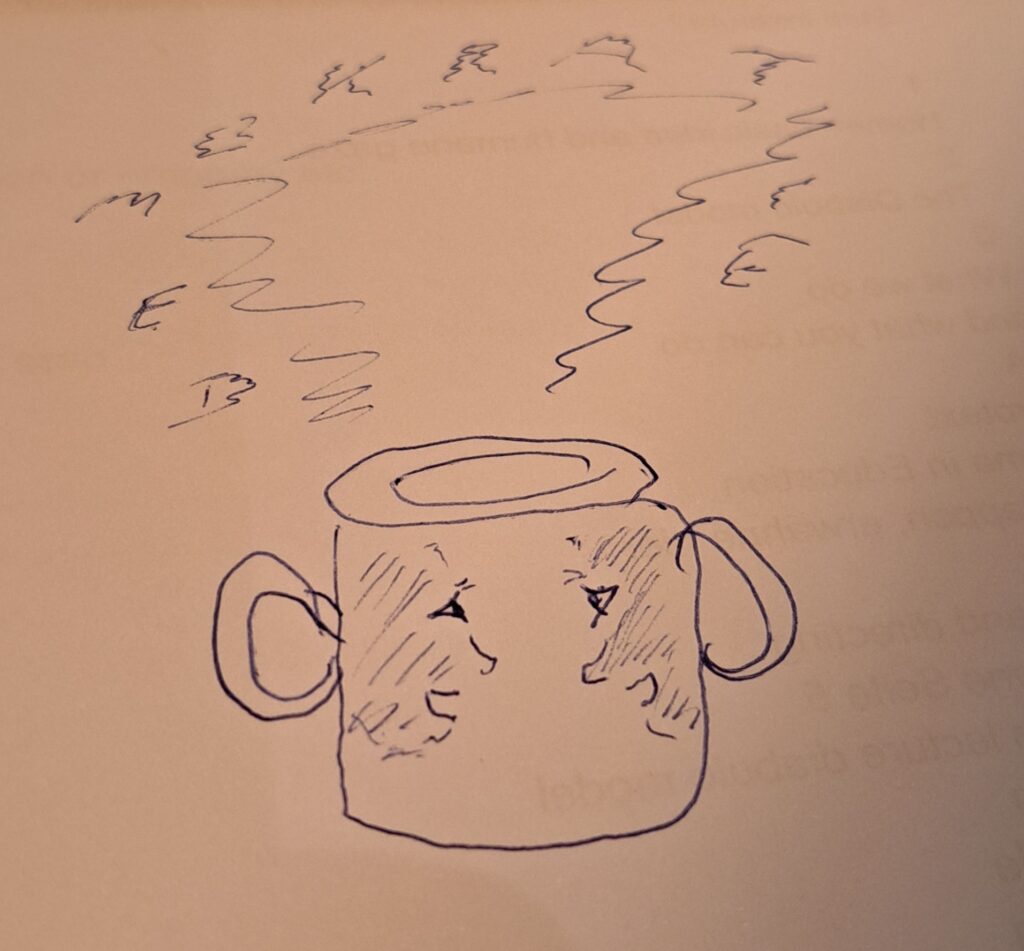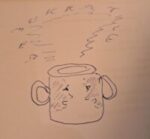The Idea of the humane (and drama In education)
1 A third dimension beyond ethics and politics
2 Four concepts of “the human” and “the humane”
3 The humane and drama-in-education
(Text coming soon…)


How to explore the dimension of being humane
One idea here is: It is not enough to understand discrimination and intersectional ways of dominating others in relations and structures. We need to understand what it means to organise social spaces so that we affirm each other and allow a democratic contact on equal footing.
Often, new approaches are mentioning here principles of care, empathy, compassion and cooperation (see Needland´s introduction to drama education in McAvoy 2022; and texts by the ecofeminist tradition). To understand and practice all of them is important.
We develop a further step by focusing on the phenomenon and idea of being “humane”. This means to integrate the playful exploration of domination and submission (and losing contact) so that we can get into affirmative meetings on equal footing, not just by denying impulses but by playing with them and thereby going beyond their realm into relations which are affirming others as a “you”, a elf with dignity.
In this sense, the concept of “being humane” here transforms and integrates the three mainstream concepts of being “human”: being ethical, showing compassion and creating situations which react to suffering and pain; being (a-)moral, having impulses of selfishness and domination (Homer Simpson); and being a human being with its specific way of relating to time, space and humankind.
“Being humane” is often mentioned by philosophers like Adorno, Nussbaum etc., when they try to find a compass which even is more foundational than the norm of justice and ethics. It is linked with love, playfulness and social inclusion.
To connect onself to this idea of being humane is seen here as a practice, a social imaginative one which we can get into as embodied, social, creative beings – not just as an ethical imperative or abstract moral knowledge – but as a real world practice by allowing a connection to the realm of the humane to take place. In this sense, it is not understandable as a “social competence”, but more as a (often playful) knowledge (of “fronesis”) how to take away everything which stands in between us and this idea of being humane.
The question becomes: How can we create the opportunities of social spaces and relations, in which we can dive into these humane worlds. This can happen in art but also in everyday life, in vernacular culture ad activism.
In the creative action institute, we want to explore this dimension – uniting ethical and esthetical practices. This cant be done just by reading texts. It is situated in the exploration of stories, in improvisations and so on.


